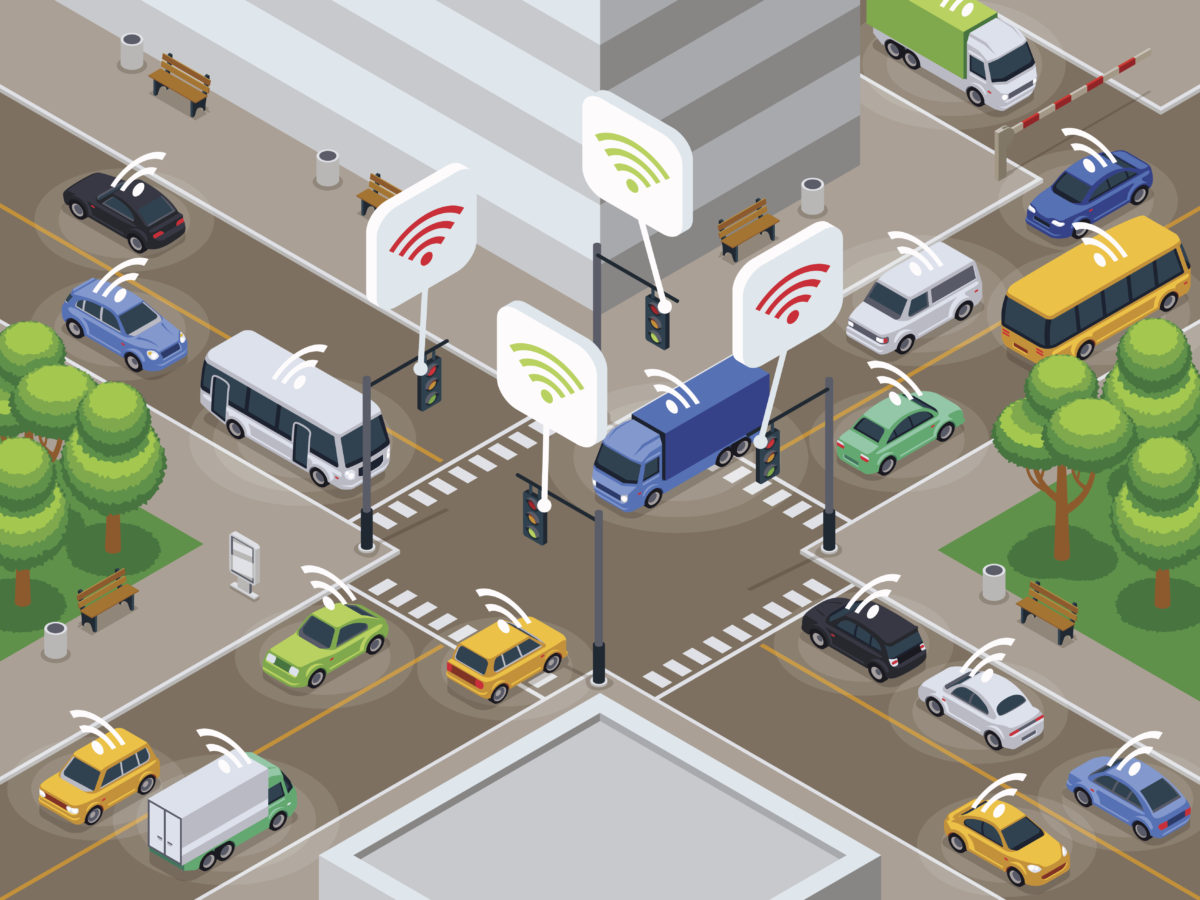Smart watches, smart phones, smart homes – everything seems to be getting smarter. Just like these devices, cities and utilities are becoming more efficient too through Smart City and Smart Grid initiatives. As companies add sensors to a growing assortment of devices on their networks (street lamps, sensors, switches, meters), it becomes increasingly important to select optimal network solutions that can grow as the user’s needs grow. These devices use wireless spectrum to communicate; however, there are many different ways to send wireless data. What are the options?
There are many options for a city planner to use:
- WIFI? It’s cheap, but it’s short range and prone to security and reliability problems.
- Cellular? Possible – if there is coverage. However it’s expensive as monthly bills add up. Also, the city doesn’t have any authority over this network. If the network goes down, they have to wait for someone else to fix it.
- What about the Upper 700 MHz A Block? At only 2 MHz total capacity, can it even work? For low-power wide-area networks (LPWAN) devices, yes – and it’s being proven now. Select Spectrum and Puloli are deploying an initial system with a partner utility.
By building their own networks, cities and utilities can pick their own devices, guarantee coverage (which can increase battery life), and can know instantly if their network goes down. While such a system might seem like a hefty investment, LTE Narrowband IoT (LTE NB-IoT) leverages the worldwide cellular ecosystem to offer very low-cost remote modules and operational benefits. These benefits may fully justify the deployment expense and allow utilities and smart cities to benefit from the worldwide investment in LTE NB-IoT standard.

